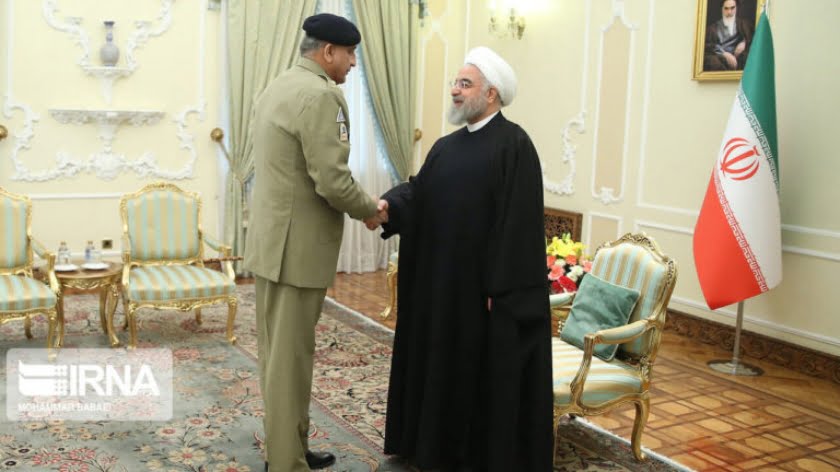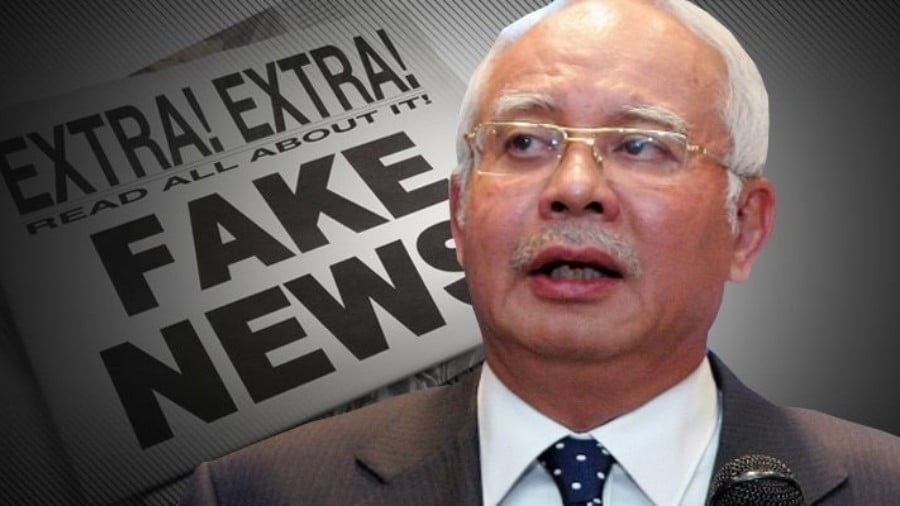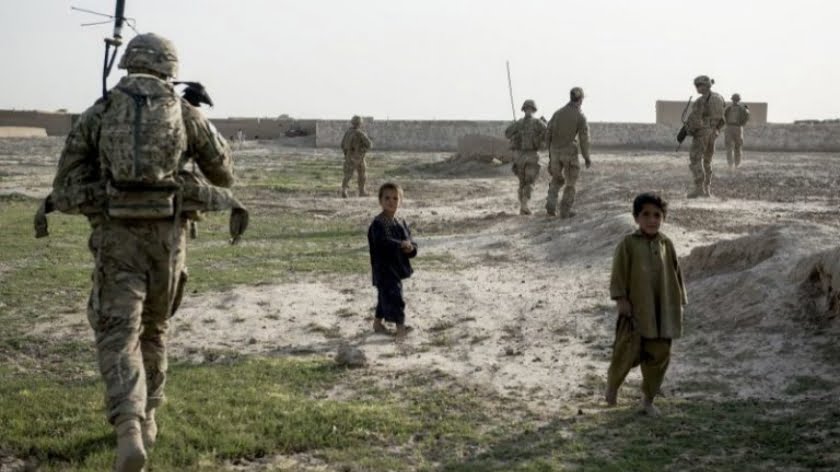War with Russia and China? Here are Two New Indicators
In an Executive Intelligence Summary from last month, I pointed out two additional indicators that bolster the case for a potential conflict with China and Russia. I didn’t see these two stories reported anywhere other than in military channels, and certainly not through the mainstream media. But they’re significant and I want you to know about them.
The potential for conflict with both Russia and China are scenarios I’m watching closely, because a war with either of these “near peer” competitors would likely involve cyber activity which could absolutely target us here at home. Although cyber attacks would likely focus on military command and control targets, we can’t rule out the possibility that our internet and other critical infrastructure won’t be targeted in the process. I’ve explained why and in greater detail in previous EXSUMs. Now on to the indicators…
The first is that the US Navy will be unveiling a new strategy for surface combat as early as today, which is just two years after their move to what’s called distributed lethality. That means that Navy ships, instead of operating in one mass formation, will break up into several smaller formations. This focus on splitting a large formation into small groups and increasing lethality means that adversaries will have more numerous target groups as opposed to one mass formation. And given electronic warfare and the capability to present decoy targets to adversary targeting systems, the US Navy is betting that they’ll be harder to hit as a result. The carrier strike groups will remain operational, but will launch aircraft and missiles from the rear of a sea battle, while distributed formations stay closer to the fight. This is most likely in response to recent Chinese weapons developments, which includes a series of upgrades to anti-ship missiles, and the expectation that a naval conflict is growing more likely. China’s strategy is to use long-range air-to-air and anti-ship missiles in what’s called an anti-access/area denial strategy. I’ll be paying close attention this week to see what comes of the Navy’s new strategy in response.
And the second is that the Army announced that Fort Stewart, Georgia’s 3rd Infantry Division will be changing the 2nd Brigade Combat Team, which is light infantry, into an armored brigade combat team equipped with Abrams tanks. After 15 years of fighting in mostly irregular wars, leaders at the Pentagon and their concept of reality has been quickly hurtling back to earth. For years, there was a Pentagon battle over force structure and becoming lighter, faster, and more lethal to respond to small, global contingencies, or maintaining the ability to fight large scale conventional wars. Some leaders didn’t see the need for maintaining conventional readiness because up until about four years ago, few people were ringing alarms about conventional threats. But now that a conventional war in Europe looks like a growing possibility, the Army is renewing focus on military readiness and increasing conventional warfighting capabilities, while playing catch up to electronic and cyber warfare; both of which will undoubtedly play a role in the next war. 2nd BCT’s sister brigade, the 1st Heavy Brigade Combat Team, and other units from the 3rd Infantry Division completed several rotations to Europe in 2015 as a part of Operation Atlantic Resolve. Operation Atlantic Resolve is part of the $3 billion package called the European Reassurance Initiative, which is meant to bolster the defense of Europe against Russian aggression.
Having an additional armored brigade at 3rd ID is directed at one problem: conventional, force-on-force warfare, specifically against Russia. I expect President-Elect Trump’s defense policy regarding Europe to be wrought with fragmentary changes (FRAGOs for the military folks). Trump’s desire to pursue better relations with Russia must be weighed against Russia’s regional policy goals concerning eastern Europe. What NATO wants is bad for Russia, and what Russia wants is bad for NATO. While Trump is cooling on war rhetoric with Russia, our European allies are engaging in the regional arms race in lock step with Russia in preparation for war. The US military defense posture in Europe is nearing a war footing as well, and Trump will be forced to make a decision on whether to pursue a high-risk friendship with Russia or continue the strategy of being Europe’s backstop. On the current trajectory, Trump will have to choose and he’ll likely alter history.
By Samuel Culper
Source: Forward Observer







